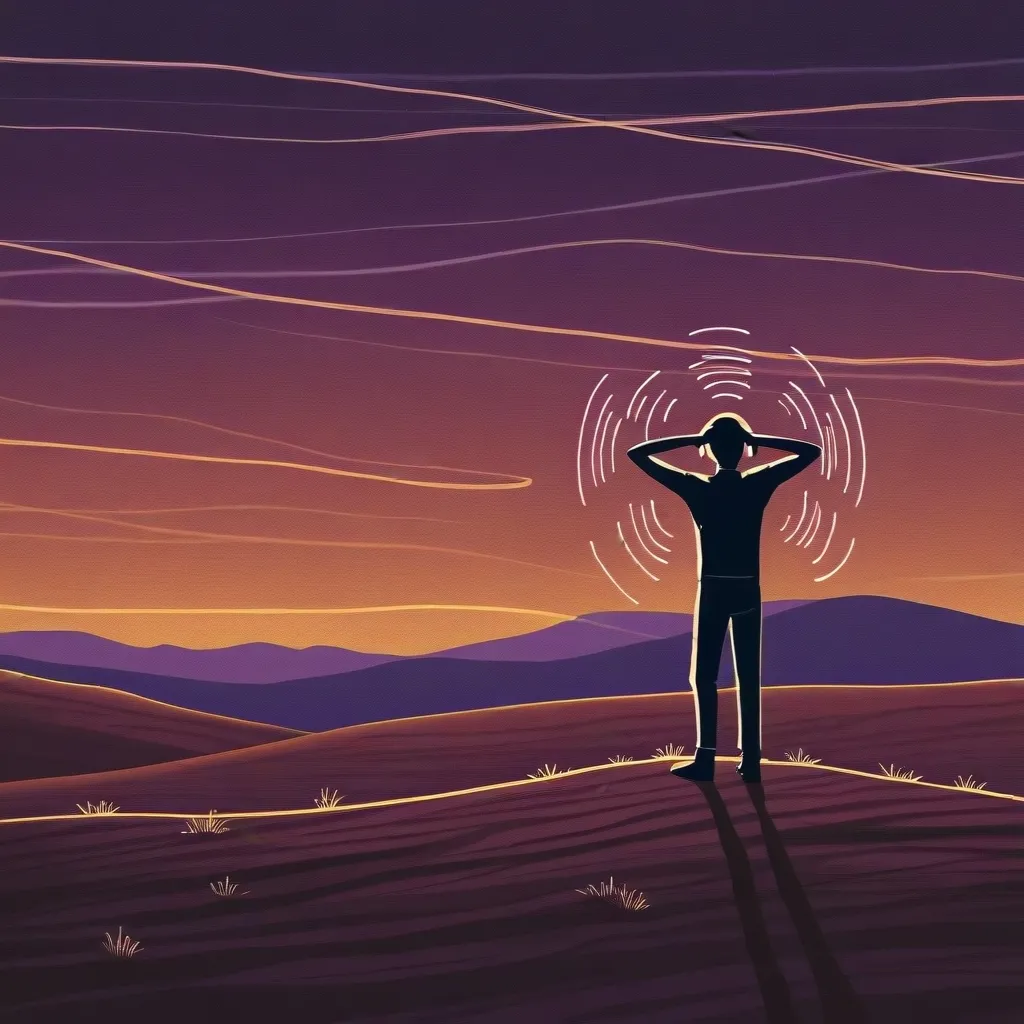The Sinai Peninsula, Egypt, holds a critical place in the Judeo-Christian Bible. It’s famously known for the moment Moses received the Ten Commandments from God. According to the Book of Exodus, Moses vanished on Mount Sinai for 40 days and nights. When he finally returned, his appearance had transformed. His proximity to God made his face glow so intensely that he had to cover himself. His people could still recognize him, but his glowing face was a significant change that evoked fear among them.
This transformation is fascinating, especially when one expects a divine encounter to be more spiritually uplifting rather than causing a physical alteration. Moses’ case suggests that the encounter was a tangible, physical experience, opening up a point of discussion on whether this event had extraterrestrial undertones, rather than purely divine. Imagine if, instead of meeting God in the traditional sense, Moses had been taken aboard a UFO for those 40 days. This idea aligns with many modern alien abduction narratives, where people report being taken up, sometimes for days, and then returned with notable differences.
The story isn’t just limited to Moses. Fast-forward to the 6th century BC in northeast Syria, near the Kabur River. This spot is another interesting meeting point between humans and supposed divine beings, but this time it’s the Hebrew priest Ezekiel who encounters something extraordinary. The Hebrew Bible recounts that when Ezekiel was by the river, a great whirlwind approached him. He described it as a “fire enfolding itself” with a color like amber, which implies a polished metal aspect. This fiery figure wasn’t just a flame; it was metallic and spinning and landed right in front of him.
From this whirlwind came four creatures. Ezekiel refers to them as cherubims, portraying them with four faces, four wings, and skin like polished bronze. He explains that he was lifted into the sky and shown different places and futures. This description is strangely familiar to what we might call a UFO sighting today. The object Ezekiel saw resembled “a wheel within a wheel,” which is a classic flying saucer depiction. Ezekiel’s detailed account resembles modern-day abduction narratives where individuals are shown visions before being returned to their original location.
Think about it: Ezekiel’s depiction sounds like he saw beings in some kind of suits, maybe even with helmets or oxygen masks. Could these different faces he saw be just helmets that looked odd to him? His descriptions offer the closest thing to a UFO sighting in the Bible, essentially recounting a man taken aboard an unidentified flying object (UFO), given knowledge about the future, and later returned.
This correlation between ancient biblical accounts and modern UFO encounters raises remarkable questions. Could figures like Moses and Ezekiel have experienced what we today would label as extraterrestrial encounters? Were the stories of their divine interactions actually elaborate descriptions of meeting alien beings? These beings communicated messages of peace and prophesied future events, which isn’t very different from how contactees of today describe their experiences with supposed extraterrestrials.
These accounts of “divine beings” descending from the sky, speaking to humans, and sharing knowledge can blur the lines between myth, religion, and potential extraterrestrial encounters. It’s intriguing to consider the narratives from a different perspective, acknowledging that ancient descriptions might have documented UFO sightings and alien abductions, interpreted through the cultural and religious lenses of the time.
The idea that early prophets could have met beings from another world provides a fresh angle on these well-known stories. Instead of purely divine experiences, these encounters might have been close encounters of a different kind, sparking a blend of wonder, fear, and reverence that still captivates people today. It also shows how human perception and interpretation of extraordinary phenomena can vary vastly based on the prevailing cultural and technological context.
The mysteries of religious accounts like those of Moses on Mount Sinai and Ezekiel by the Kabur River can inspire us to look at ancient texts with a new perspective. Maybe, just maybe, these age-old stories were early records of humans reaching beyond the stars, having encounters with the unknown, and trying to make sense of it with the vocabulary and imagery they had at the time.
In today’s age, where UFO sightings and alien abductions are explored avidly, looking back at these religious texts with an open mind can be illuminating. It’s a bridge between the ancient and the contemporary, showing that humanity’s curiosity about the cosmos and what lies beyond isn’t a modern phenomenon. It has always been there, recorded in the sagas and scriptures of our ancestors, waiting for us to rediscover and reinterpret in light of new understandings.
Life is always about connections—connecting the past with the present, myths with current realities, and perhaps even connecting with beings from beyond our planet. It’s a reminder that the universe is vast, and encounters, whether divine or extraterrestrial, have always been part of our human journey. How we view and interpret these events might change, but the awe and wonder they inspire remain timeless.






